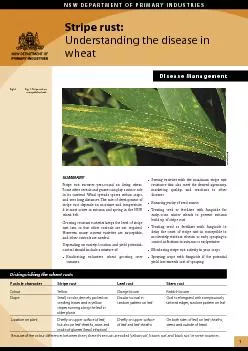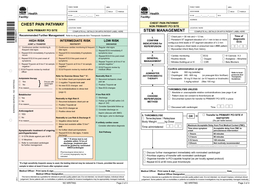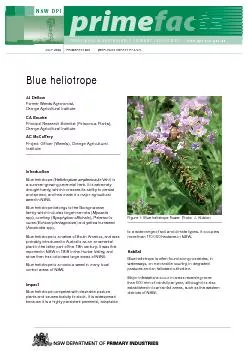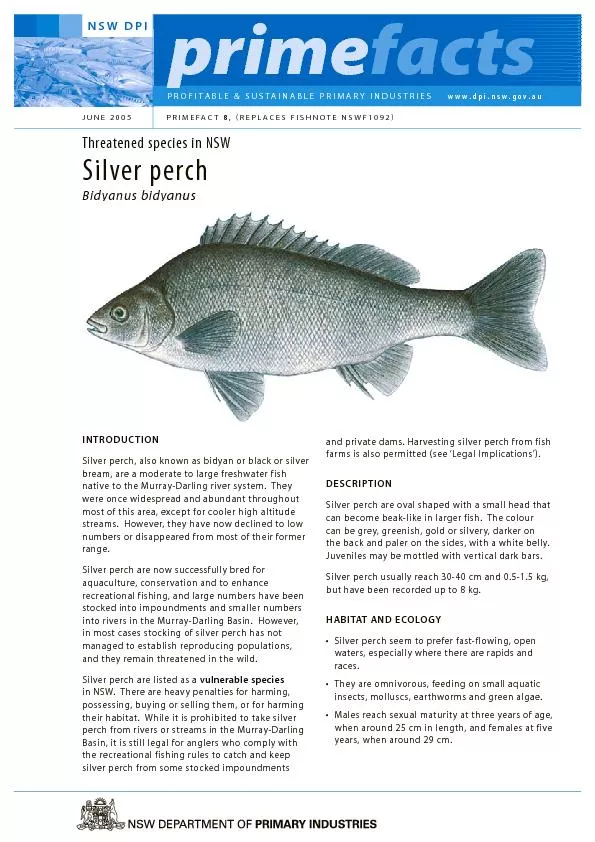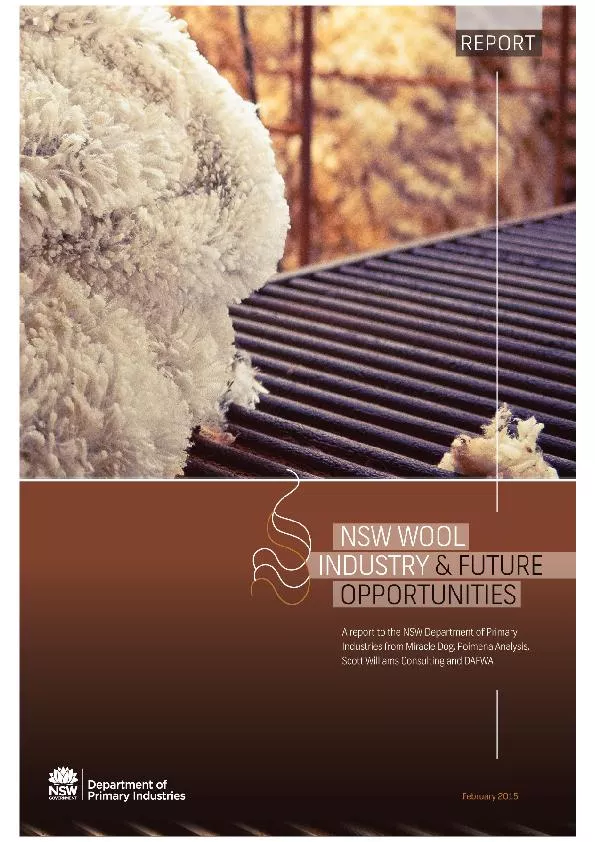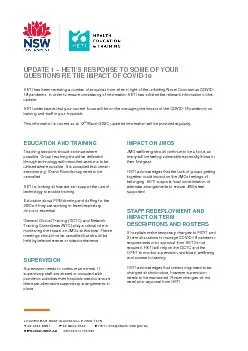PDF-NSW DEPARTMENT OF PRIMARY INDUSTRIES
Author : test | Published Date : 2015-11-04
RECOGNISING STRIPE RUSTStripe rust is one of three rusts that attack wheat The others are stem rust and leaf rustRusts get their name from the characteristic dusty
Presentation Embed Code
Download Presentation
Download Presentation The PPT/PDF document "NSW DEPARTMENT OF PRIMARY INDUSTRIES" is the property of its rightful owner. Permission is granted to download and print the materials on this website for personal, non-commercial use only, and to display it on your personal computer provided you do not modify the materials and that you retain all copyright notices contained in the materials. By downloading content from our website, you accept the terms of this agreement.
NSW DEPARTMENT OF PRIMARY INDUSTRIES: Transcript
Download Rules Of Document
"NSW DEPARTMENT OF PRIMARY INDUSTRIES"The content belongs to its owner. You may download and print it for personal use, without modification, and keep all copyright notices. By downloading, you agree to these terms.
Related Documents

